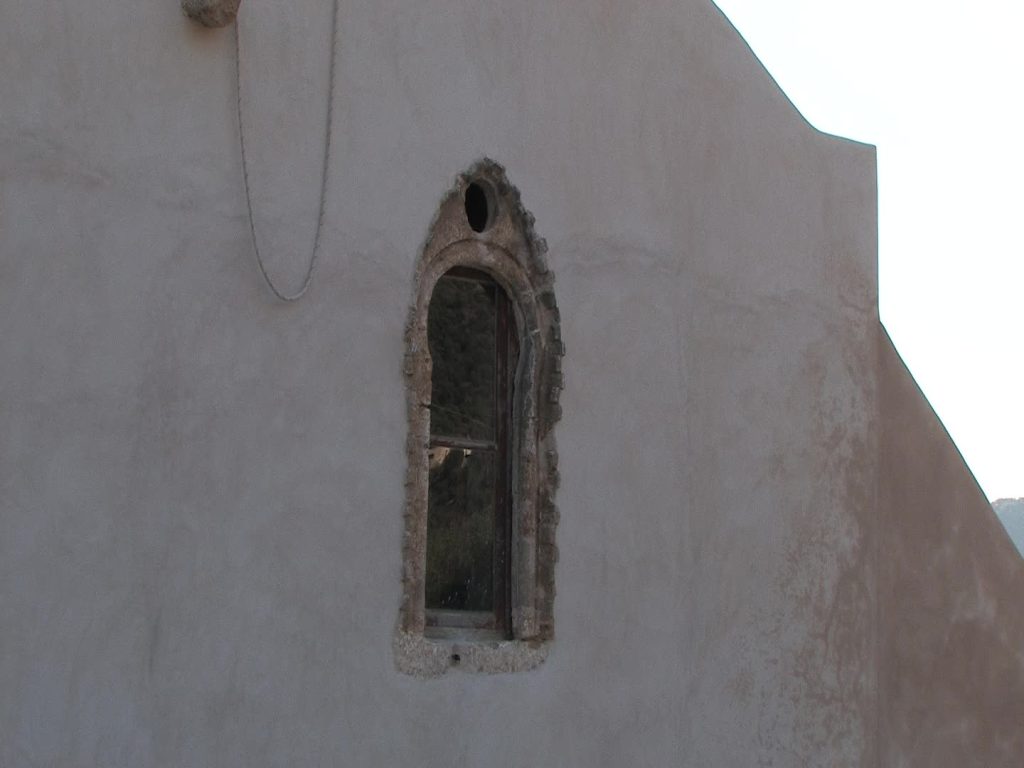Gortys, a city shrouded in the mists of time, holds within its heart a treasure of spiritual significance—the Church of St. Titus. Nestled on the sun-kissed island of Crete, Greece, this ancient place of worship stands as a testament to the enduring legacy of faith, culture, and history that has woven itself into the fabric of the city.
Gortys, with its name echoing through the ages, was an important center in the ancient world. Its strategic location on the fertile Messara Plain facilitated trade, cultural exchange, and the intermingling of diverse influences. Amidst the ruins that still whisper their stories, the Church of St. Titus stands as a beacon of spiritual devotion that has persevered through epochs of change.
The Church of St. Titus, often referred to as the “Metropolitan Church,” serves as a silent witness to the passage of time and the evolution of faith. Dedicated to the memory of St. Titus, a disciple of the apostle Paul, this sacred edifice embodies the spiritual journey of a community that has navigated the currents of history.
Constructed during the early Christian period, the Church of St. Titus is a testament to the resilience of faith in the face of adversity. It stands as an enduring symbol of the growth of Christianity in the region, echoing the spread of a new religious paradigm that transformed cultures and societies.

Architecturally, the church is a harmonious blend of styles that reflect the cultural influences that have shaped Gortys over the centuries. Byzantine elements are interwoven with remnants of earlier periods, creating a mosaic of architectural aesthetics that mirrors the city’s multifaceted past.
The interior of the church is a sanctuary of tranquility and contemplation. The play of light filtering through time-worn windows dances upon the walls, casting a serene glow over the hallowed space. Intricate frescoes and iconography grace the walls, telling stories of saints, miracles, and biblical narratives that have inspired generations of worshippers.
One of the church’s most revered features is its connection to St. Titus himself. Tradition holds that the saint, entrusted with spreading the message of Christianity, played a pivotal role in the spiritual transformation of the island. The church’s dedication to him serves as a constant reminder of his influence and the enduring legacy he left behind.
Over the centuries, the Church of St. Titus has weathered the storms of history. It has witnessed the rise and fall of empires, the passing of generations, and the ebb and flow of faith. Its walls have absorbed the prayers, hopes, and dreams of countless individuals who sought solace, guidance, and connection within its embrace.
The church’s significance extends beyond its religious role. It is a cultural touchstone, a repository of artistry and craftsmanship that spans generations. Its architecture and ornamentation bear witness to the evolution of artistic expression, reflecting the ingenuity and creativity of the artisans who shaped its form.
The preservation of the Church of St. Titus is a testament to the dedication of those who have recognized its historical and spiritual importance. Restoration efforts and ongoing maintenance ensure that its sacred aura remains intact, allowing visitors and pilgrims to step into the footsteps of those who once gathered within its walls to seek solace and communion.
Today, as the sun casts its golden rays upon the Gortys the church of St Titus, it continues to serve as a bridge between the past and the present. Its stones resonate with the echoes of prayers and hymns that have echoed through the ages. It stands as a beacon of continuity and endurance, a tangible link to the spiritual legacy of Gortys and a testament to the profound role that faith plays in shaping the narrative of human history.